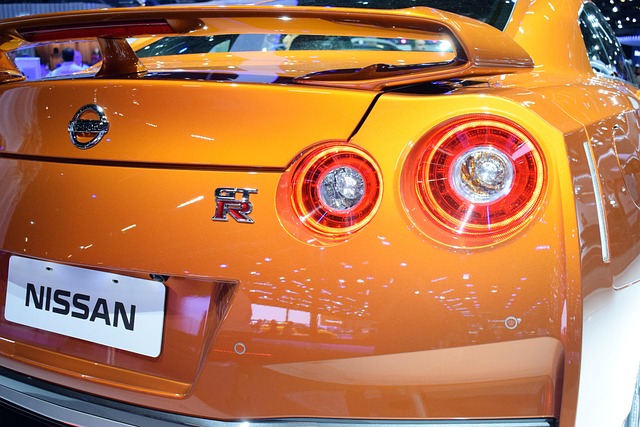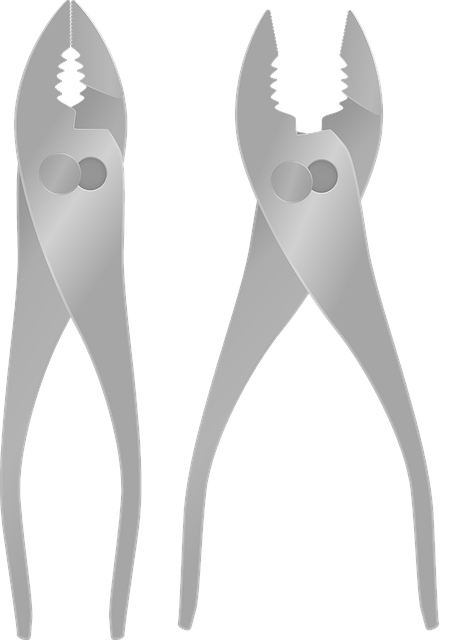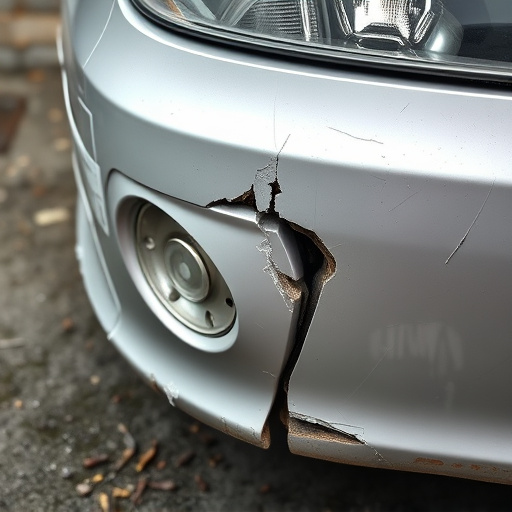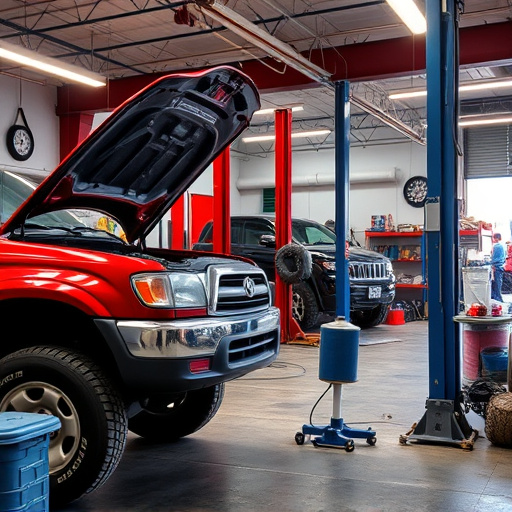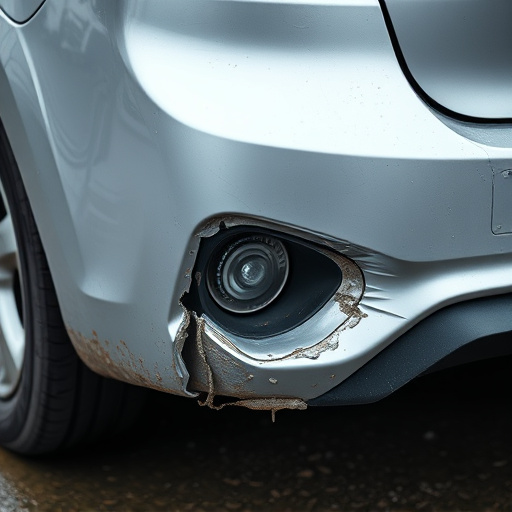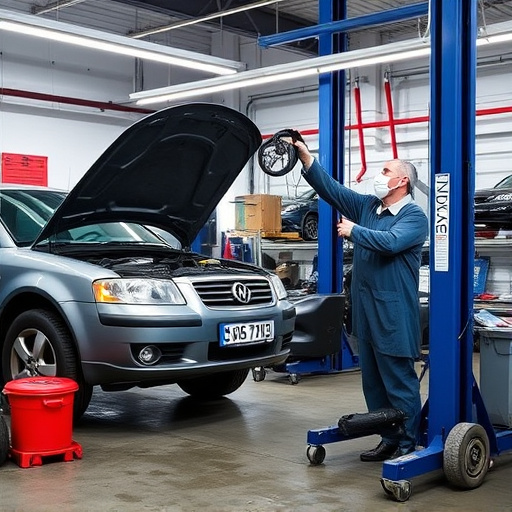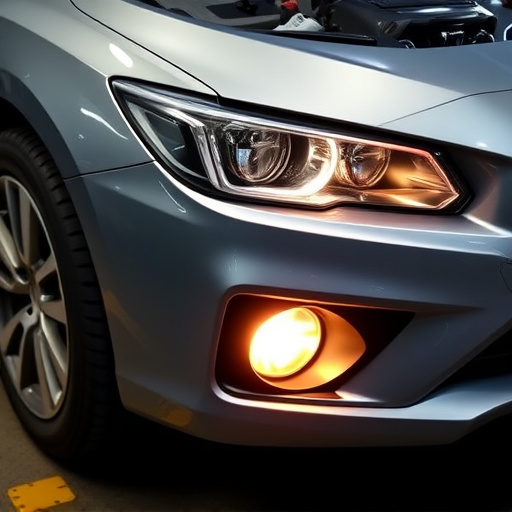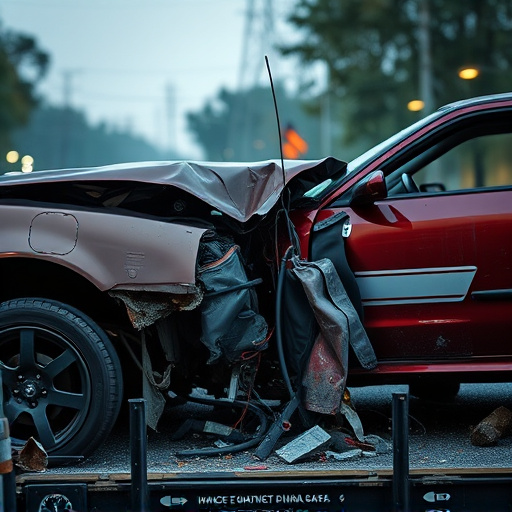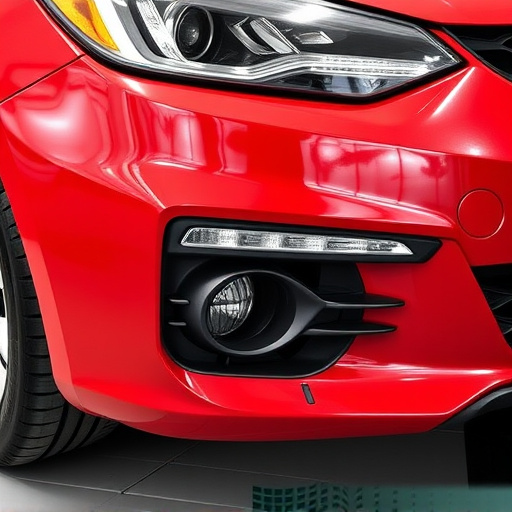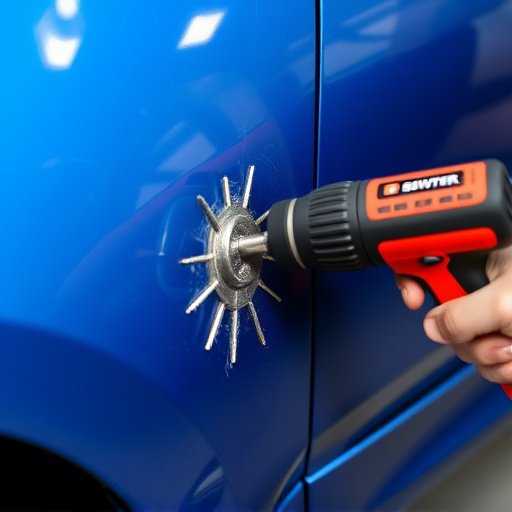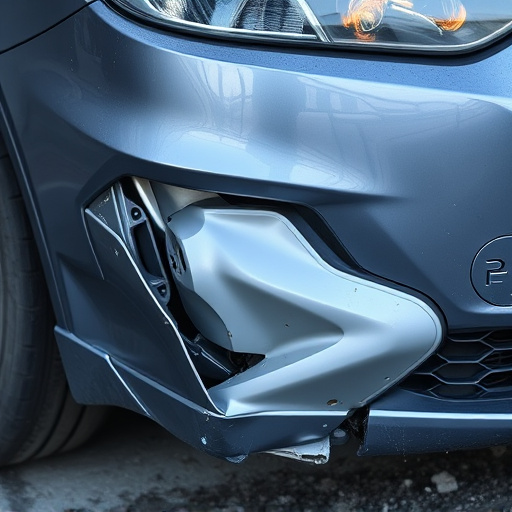The Mercedes head-up display (HUD) enhances safety by projecting data onto the windshield. Calibration is vital for optimal performance, ensuring content aligns with vehicle motion and driver's perspective. Pre-calibration preparation includes parking in a flat, well-lit area, charging the battery, gathering tools, and software. Post-calibration testing verifies accuracy, identifies and rectifies glitches using specialized equipment. Skilled technicians ensure flawless Mercedes HUD experience through meticulous adjustments and component replacement if needed.
Mercedes head-up displays (HUDs) enhance driving with vital information projected onto your windscreen. When considering Mercedes head-up display calibration, understanding its functionality and preparation requirements is crucial. This guide delves into the process, offering insights on what to expect during calibration and post-calibration testing. From ensuring accurate readings to addressing common issues, you’ll discover essential steps for maintaining your Mercedes HUD’s optimal performance.
- Understanding Mercedes Head-Up Display Functionality
- Preparation for Calibration: What You Need to Know
- Post-Calibration Testing and Common Issues Addressed
Understanding Mercedes Head-Up Display Functionality
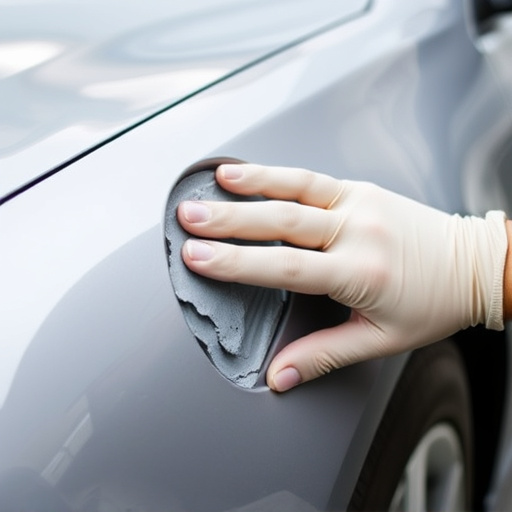
The Mercedes Head-Up Display (HUD) is a cutting-edge technology that projects essential driving information directly onto your windshield, keeping your eyes on the road while providing crucial data at a glance. During calibration, this system ensures precise alignment of the displayed content with your vehicle’s motion and driver’s perspective, creating an immersive and safe experience. Understanding how this works is key to appreciating its role in modern driving.
The HUD displays various parameters such as speed, navigation directions, and vehicle settings. Calibration involves adjusting the display’s position, angle, and intensity to match the curvature of your windshield and the driver’s line of sight, even during sudden movements like cornering or a fender bender. This meticulous process guarantees that the projected images are clear, consistent, and easily readable, enhancing safety without causing any distraction. A well-calibrated Mercedes HUD ensures drivers can access vital information promptly, making it an invaluable tool on today’s roads, free from the need for frequent glances at dashboards or phones—a benefit that extends beyond preventing car scratch repairs due to momentary inattention.
Preparation for Calibration: What You Need to Know
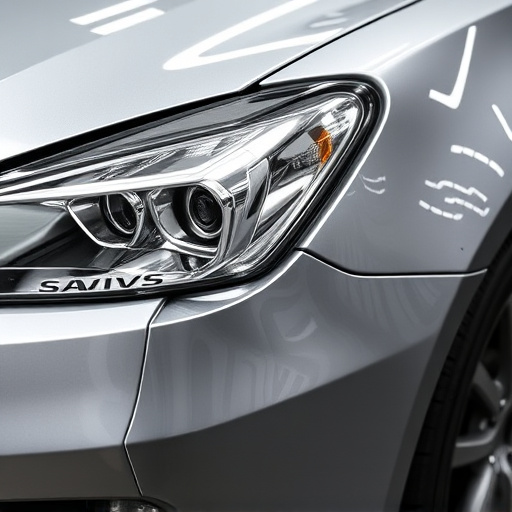
Before diving into the calibration process, there are several important preparations to ensure a successful and accurate Mercedes head-up display (HUD) calibration. Firstly, it’s crucial to have your vehicle parked in a well-lit, flat area, free from any obstructions that might interfere with the calibration equipment. This ensures precise alignment of the HUD with the driver’s line of sight.
Additionally, make sure the battery is fully charged and the engine is off during the process. As you prepare for Mercedes head-up display calibration, it’s also essential to gather all necessary tools, including specialized calibration devices and software, which are designed specifically for such tasks. Proper preparation facilitates a seamless vehicle collision repair process and enhances the overall performance of your HUD after calibration.
Post-Calibration Testing and Common Issues Addressed
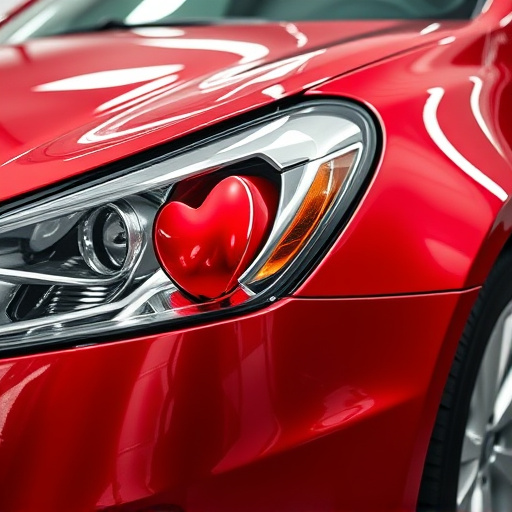
Post-Calibration Testing: After completing the Mercedes head-up display calibration process, a series of tests are conducted to ensure optimal performance. These tests involve verifying the accuracy of the displayed information, such as speed and navigation directions, in relation to the vehicle’s actual movement. Advanced diagnostic tools are utilized to check for any glitches or anomalies that may have been overlooked during the initial setup. This comprehensive evaluation guarantees that the head-up display functions seamlessly, providing drivers with clear and accurate data while enhancing their overall driving experience.
Common Issues Addressed: During the calibration process, several potential issues can arise related to the Mercedes head-up display. These include misalignment of graphics, incorrect color balance, or even failure to project the display properly onto the windshield. Skilled technicians are equipped to address these problems using specialized equipment and software. Common vehicle repair tasks such as adjusting the display settings, replacing defective components (like auto glass), or recalibrating sensors ensure that the system functions at peak efficiency. This meticulous attention to detail guarantees a flawless head-up display experience for Mercedes owners.
Mercedes head-up display calibration is a process that ensures your vehicle’s advanced driver assistance systems function optimally. By understanding the functionality, preparing accordingly, and addressing common issues post-calibration, you can enhance your driving experience with precise and clear HUD projections. Remember, proper calibration is key to maximizing the benefits of this innovative technology.

